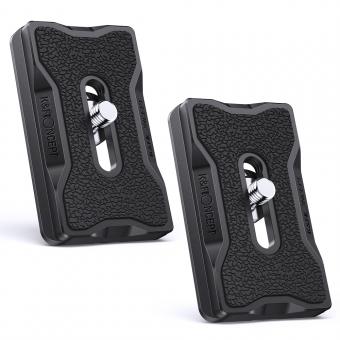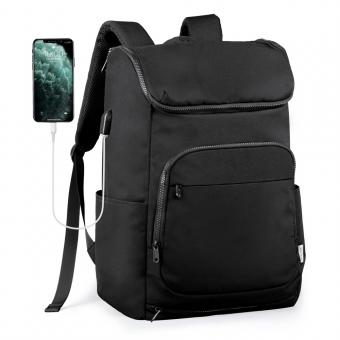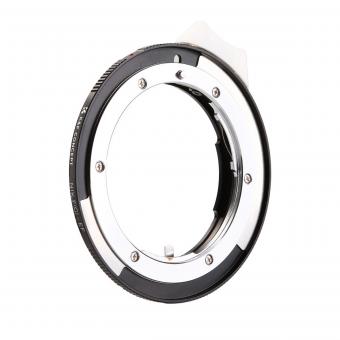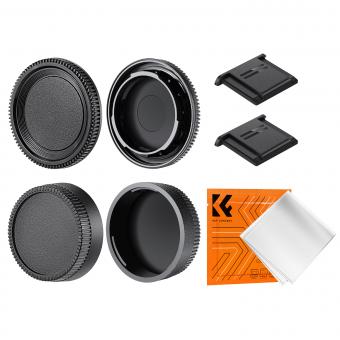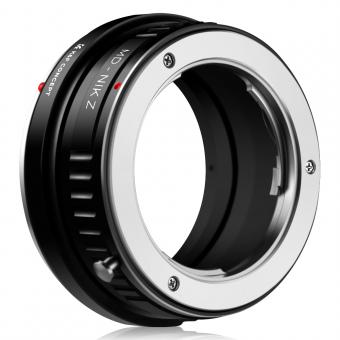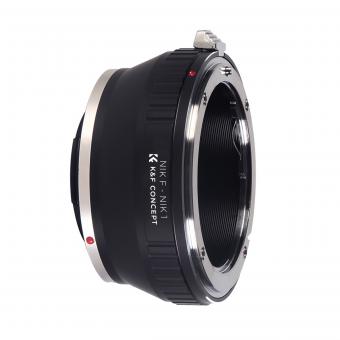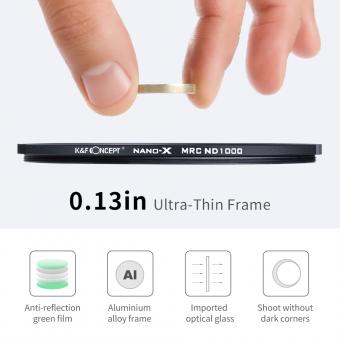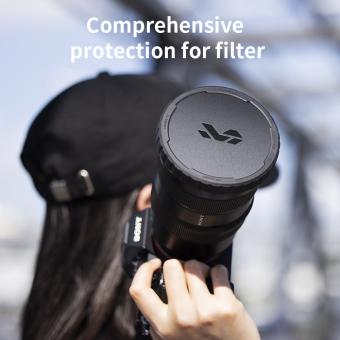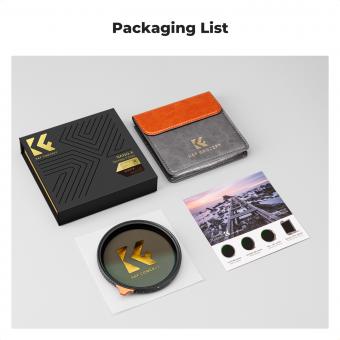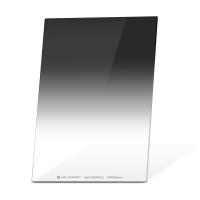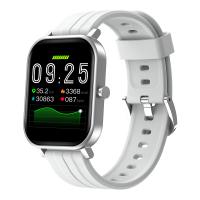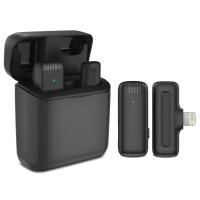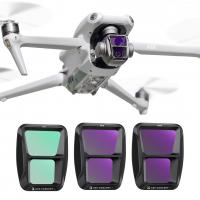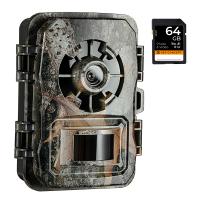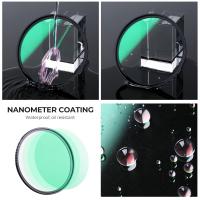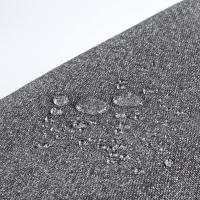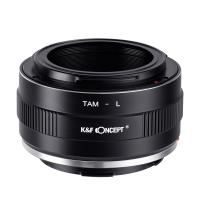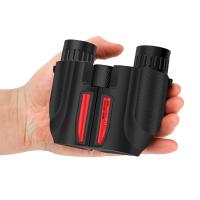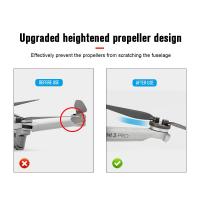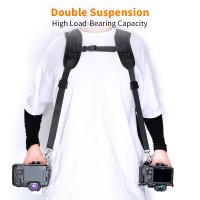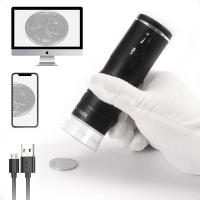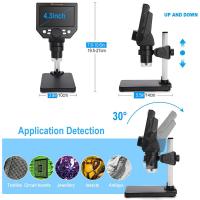What Filter Fits Nikon 200-500mm Lens ?
The Nikon 200-500mm lens has a filter thread size of 95mm. Therefore, any filter with a 95mm thread size will fit this lens. Some popular filter types for this lens include circular polarizers, neutral density filters, and protective UV filters. It is important to ensure that the filter is of high quality and does not degrade the image quality of the lens.
1、 Lens Filter Thread Size
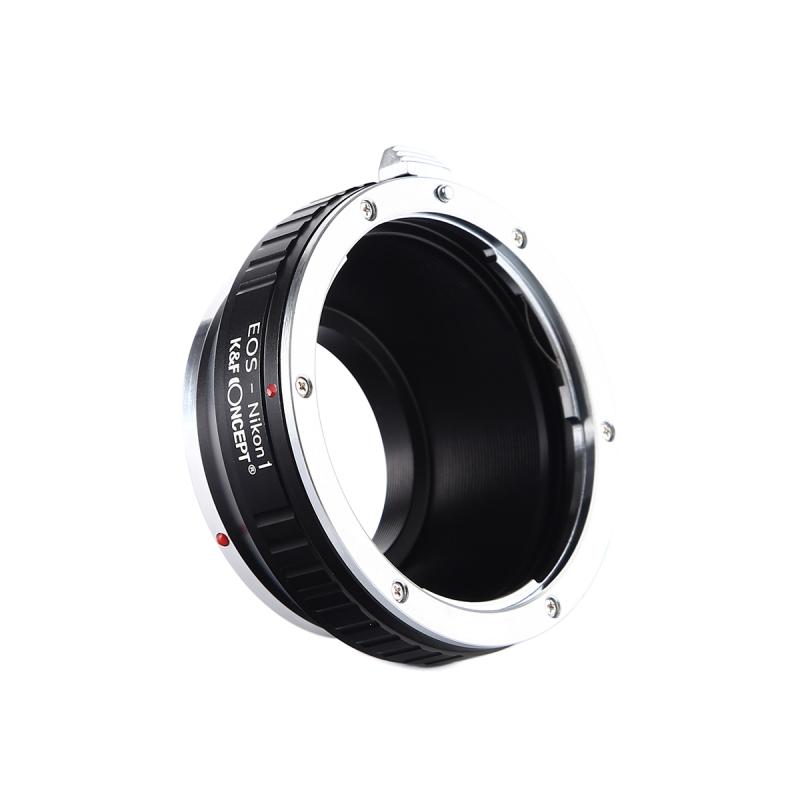
The Nikon 200-500mm lens has a filter thread size of 95mm. This means that any filter with a diameter of 95mm will fit this lens. It is important to note that using a filter on a lens can affect the image quality, so it is recommended to use high-quality filters that are specifically designed for the type of photography you are doing.
When choosing a filter for the Nikon 200-500mm lens, it is important to consider the type of photography you will be doing. For example, if you are shooting landscapes, you may want to use a polarizing filter to reduce glare and enhance colors. If you are shooting wildlife, you may want to use a neutral density filter to reduce the amount of light entering the lens and allow for slower shutter speeds.
It is also important to consider the quality of the filter. Cheaper filters may introduce unwanted artifacts or reduce image sharpness, while high-quality filters will maintain the image quality of the lens. Some popular filter brands for the Nikon 200-500mm lens include B+W, Hoya, and Tiffen.
In conclusion, the filter thread size for the Nikon 200-500mm lens is 95mm. When choosing a filter, it is important to consider the type of photography you will be doing and the quality of the filter.
2、 Filter Type (UV, Polarizer, ND, etc.)
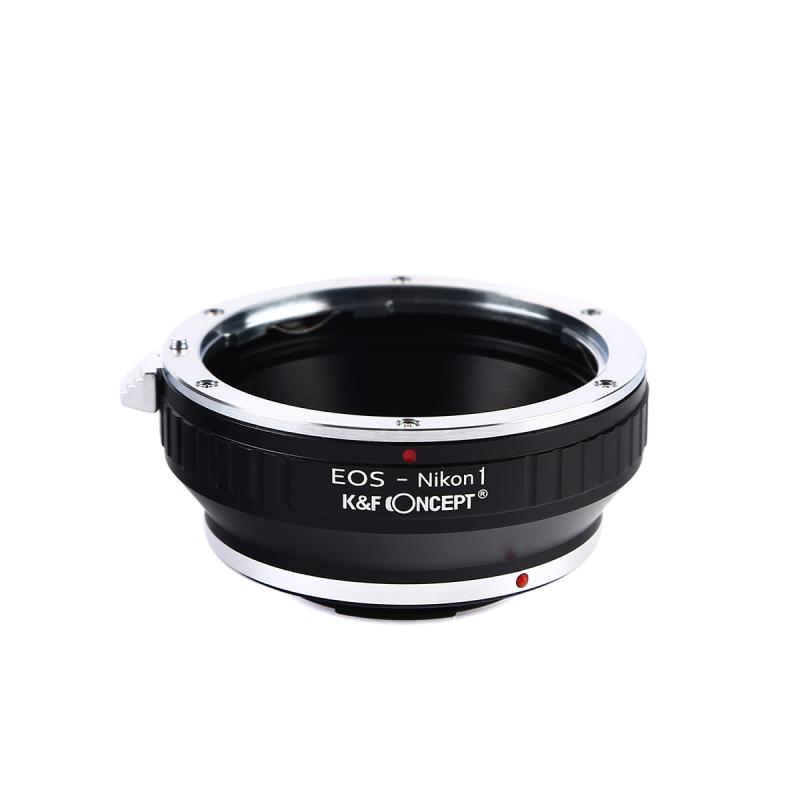
What filter fits Nikon 200-500mm lens?
The Nikon 200-500mm lens has a filter thread size of 95mm, which means that any filter with a 95mm thread size will fit this lens. The most common filters used with this lens are UV, polarizer, and neutral density (ND) filters.
A UV filter is used to protect the front element of the lens from scratches, dust, and other debris. It also helps to reduce haze and improve contrast in outdoor photography. A polarizer filter is used to reduce glare and reflections from non-metallic surfaces such as water, glass, and foliage. It also helps to enhance color saturation and contrast in landscape photography. An ND filter is used to reduce the amount of light entering the lens, allowing for longer exposure times and creative effects such as motion blur and shallow depth of field.
When choosing a filter for the Nikon 200-500mm lens, it is important to consider the quality of the filter. A high-quality filter will not degrade the image quality of the lens and will provide consistent results. Some popular filter brands for this lens include B+W, Hoya, and Tiffen.
It is also important to note that some filters, such as polarizers and ND filters, can affect the exposure settings of the camera. It is recommended to use a filter with a low profile design to avoid vignetting at the widest focal length of the lens.
In conclusion, any filter with a 95mm thread size will fit the Nikon 200-500mm lens. The most common filters used with this lens are UV, polarizer, and ND filters. When choosing a filter, it is important to consider the quality of the filter and its impact on exposure settings.
3、 Brand Compatibility
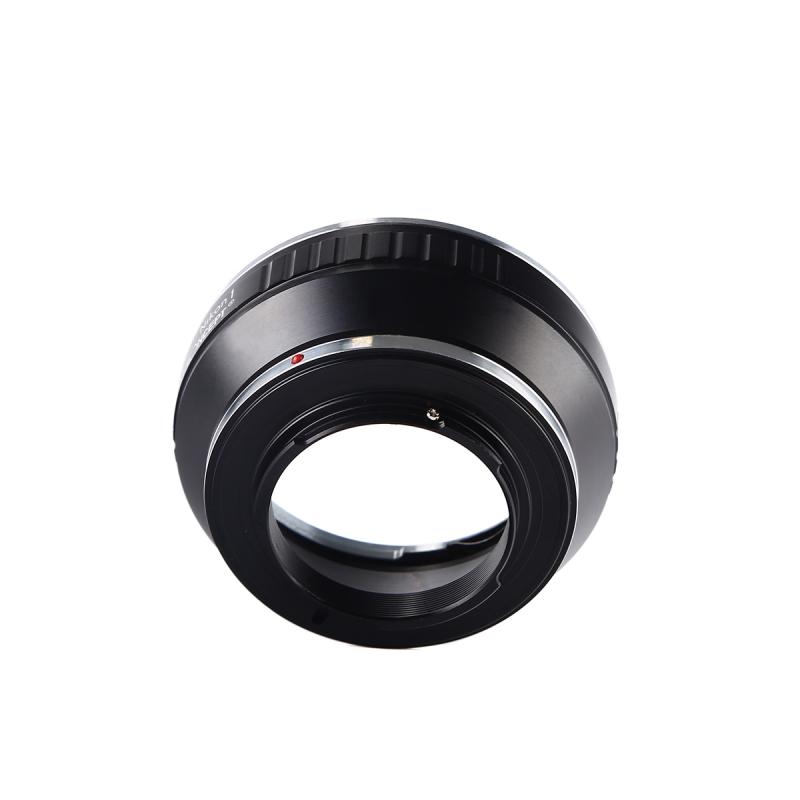
"What filter fits Nikon 200-500mm lens?" is a question that many photographers ask when they want to enhance the quality of their images. The Nikon 200-500mm lens is a popular choice for wildlife and sports photographers due to its long focal length and excellent image quality. However, finding the right filter for this lens can be a bit tricky.
Brand Compatibility is an important factor to consider when choosing a filter for your Nikon 200-500mm lens. Nikon offers a range of filters that are specifically designed for their lenses, including the 95mm Circular Polarizer II and the 95mm Neutral Color NC Filter. These filters are compatible with the Nikon 200-500mm lens and can help to reduce glare, enhance colors, and improve overall image quality.
In addition to Nikon filters, there are also third-party options available from brands such as B+W, Hoya, and Tiffen. These filters are often more affordable than Nikon's own filters and can offer similar levels of quality. However, it's important to ensure that the filter you choose is compatible with the 95mm filter thread on the Nikon 200-500mm lens.
It's worth noting that some photographers prefer not to use filters on their lenses, as they can sometimes reduce image quality or cause unwanted reflections. Ultimately, the decision to use a filter on your Nikon 200-500mm lens will depend on your personal preferences and shooting style.
In conclusion, when looking for a filter for your Nikon 200-500mm lens, it's important to consider brand compatibility, as well as factors such as image quality and price. Whether you choose a Nikon filter or a third-party option, a good filter can help to enhance the quality of your images and take your photography to the next level.
4、 Filter Material (Glass, Resin, etc.)
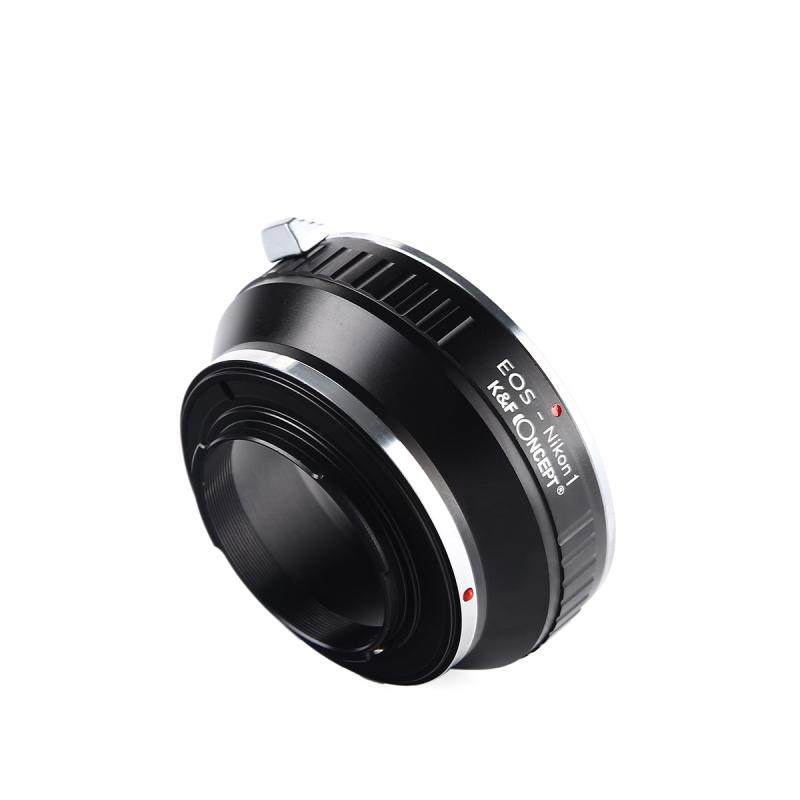
"What filter fits Nikon 200-500mm lens?" The Nikon 200-500mm lens has a filter thread size of 95mm, which means that any filter with a 95mm thread size will fit this lens. However, it is important to note that not all filters are created equal, and the type of filter material used can have a significant impact on the quality of your images.
When it comes to filter materials, there are several options available, including glass, resin, and polarizing filters. Glass filters are generally considered to be the highest quality option, as they offer excellent clarity and color accuracy. Resin filters are a more affordable alternative to glass, but they may not be as durable or scratch-resistant. Polarizing filters are designed to reduce glare and improve color saturation, making them a popular choice for landscape and outdoor photography.
In terms of the latest point of view, there has been a growing trend towards using high-quality filters in photography. Many professional photographers now consider filters to be an essential part of their kit, as they can help to enhance the quality of their images and achieve specific creative effects. As a result, there are now more filter options available than ever before, with new materials and designs being developed to meet the needs of photographers at all levels.


